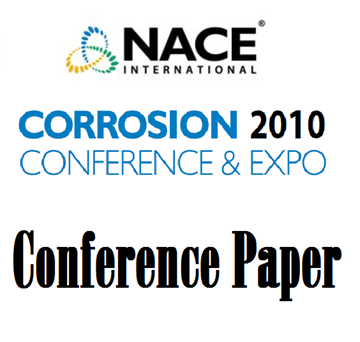Search
98584 CYANIDE GENERATION, CORROSION, TREATMENT, AND DISCHARGE AT A PETROLEUM REFINERY
Also Purchased
96606 THE ROLE OF ENVIRONMENTAL PARAMETERS ON THE SEVERITY OF HYDROGEN CHARGING IN WET H2S ENVIRONMENTS
Product Number:
51300-96606-SG
ISBN:
96606 1996 CP
$20.00
10349 Prediction and Assessment of Ammonium Bisulfide Corrosion Under Refinery Sour Water Service Conditions-Part 2
Product Number:
51300-10349-SG
ISBN:
10349 2010 CP
Publication Date:
2010
$20.00
10273 Erosion Corrosion of SS316L Trays in FCC's Sour Water Stripper
Product Number:
51300-10273-SG
ISBN:
10273 2010 CP
Publication Date:
2010
$20.00




